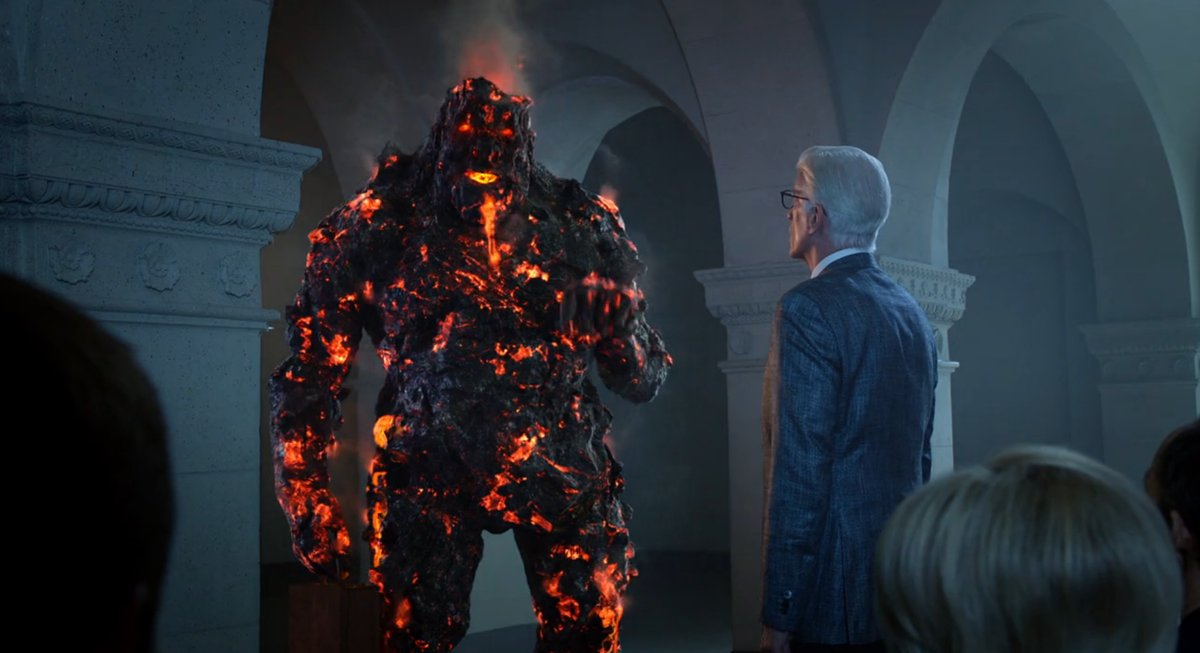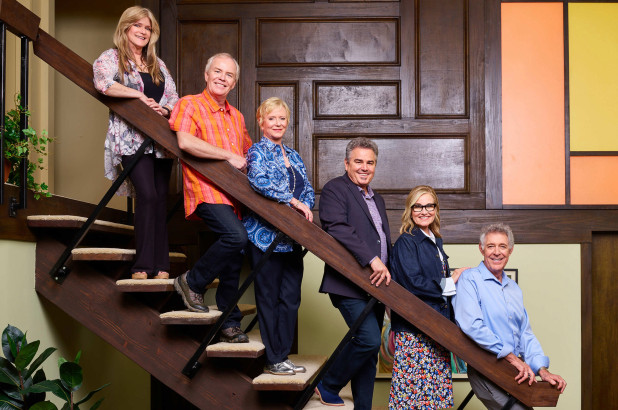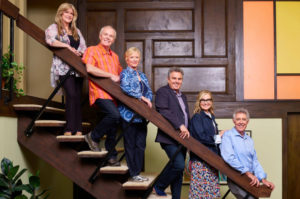Parents Television Council: Shocking Results of New Study on TV Content Ratings
Posted on October 15, 2019 at 4:07 pm

Today, the Parents Television Council has released a new report called A Decade of Deceit with some very disturbing findings that every parent should think about carefully. For example:
We found that on shows rated TV-PG, there was a 28% increase in violence; and a 44% increase in profanity over a ten-year period. There was also a more than twice as much violence on shows rated TV-14 in the 2017-18 television season than in the 2007-08 season, both in per-episode averages and in absolute terms.
There were no G-rated programs on Fox, CW, or ABC (even though ABC is owned by Disney) in any of the “sweeps” periods, in either 2007-2008 or 2017-2018. The overall number of G-rated shows in 2017-2018 was almost identical to that a decade earlier: five or fewer. Some “sweeps” periods contained no G-rated programming at all.
Networks are packing substantially more profanity and violence into youth-rated shows than they did a decade ago; but that increase in adult-themed content has not affected the age-based ratings the networks apply. On shows rated TV-PG, there was a 28% increase in violence; and a 44% increase in profanity over a ten-year period.
Almost 90% said that they have never used the V-chip or parental controls to block programs, and an incredible 92% couldn’t explain what the industry’s D, L, S and V content descriptors stand for. This clearly demonstrates that parents WANT an effective and trustworthy content ratings system…but they don’t trust and don’t understand the one that exists now – and has existed for over 20 years. A 2014 poll in Costco Connection Magazine found an astonishing 97% of readers agreed that we should rethink the rating system for television and film. In fact, the only public opinion polls that show support for or satisfaction with the existing ratings system are those paid for by the industry.
Most astonishing is that there have been no changes to the rating system — in which the television network employees rate their own shows with no real oversight by those with expertise in child development — has not changed at all in 20 years, despite the fact that this period has had significant changes in media, technology, and culture.
The report concludes:
In a letter to the PTC dated June 3, 2019 – and which was sent just a few weeks after the FCC delivered its report to Congress – Michael Powell, President & CEO of the NCTA (The Internet and Television Association) and current chairman of the TVOMB stated, “The Monitoring Board shares your goal of ensuring that the TV ratings system remains a source of accurate and helpful information, and we are deeply committed to continuing to provide parents with the necessary resources to enable them to make informed choices about TV viewing in their homes.”
It sounds good; but this assertion is simply not true. Despite two decades of parental concerns about the TV content ratings system, the entertainment industry has consistently defied public calls for reform. There have been promises of improvement, but no improvement, as this report demonstrates.
We strongly support the PTC’s recommendations:
Ratings Accuracy
A symposium of pediatricians, children’s mental health experts, and child/family advocates should be convened to review the definitions of each age-based content rating (TV-Y7, TV-G, TV-14, et cetera) in order to ensure that each rating category definition accurately and effectively reflects contemporary knowledge. International best practices should be considered and incorporated into this review.
Because the entertainment industry stands to benefit financially when content is inaccurately rated for younger audiences, to avoid any potential conflict of interest, TVOMB industry members should be permitted to offer their opinion, but not to alter the outcome of this independent review of the rating definitions and their application.
Accessibility
Every exhibitor and distributor should commit to airing a minimum number of public service announcements about the content ratings system. Most parents have never heard of TVOMB, and most have no idea it is their obligation to complain to TVOMB about a rating that they may find to be inaccurate.
Public service announcements about the TV content ratings system should provide contact information and urge parents to communicate with TVOMB regarding any questions or concerns they might have. The mere existence of a TVOMB website and phone number provides absolutely zero value without public awareness.
Every effort should be made by TVOMB to bring more digital distribution platforms to the table. This would include the major independent players in the digital entertainment arena (e.g. Netflix, Amazon Prime, Hulu, YouTube, et cetera) as well as those that are owned or controlled by TVOMB members (CBS All Access, Disney+, Pluto TV, and others).
Transparency
TVOMB should expand its member composition to create a more balanced weighting of industry, health experts and parental groups.
Entertainment industry “front groups” which currently hold a number of the family advocate seats should be removed.
Formal terms, and term limits, should be applied to Board members, to ensure that fresh perspectives are represented.
Board member qualifications should be provided to the public.
Meetings should be regularly scheduled and announced to the public.
Meetings should be open to the public and to the press.
How to file a complaint about a program’s rating, and the TVOMB’s subsequent adjudication process, should be clearly explained.
It is time for the TV content ratings system to reflect the realities of today’s entertainment media technologies and cultural landscape. Bold, positive and comprehensive improvements to a 22-year old system are needed to bring it into the 21st century.








